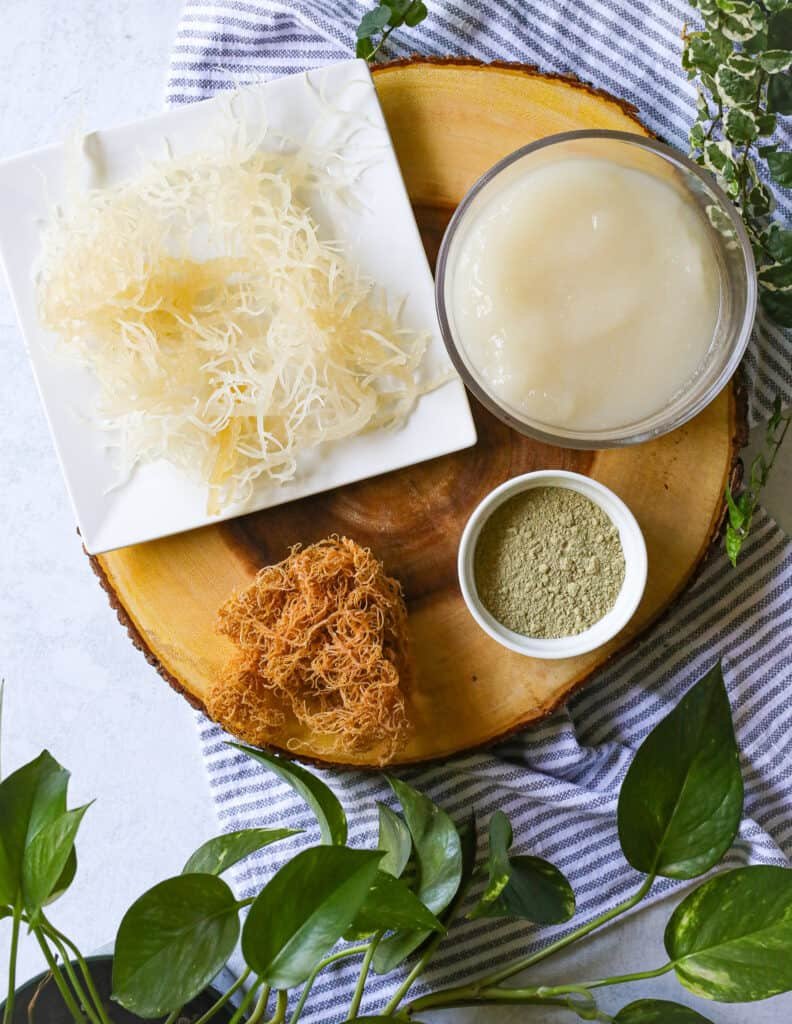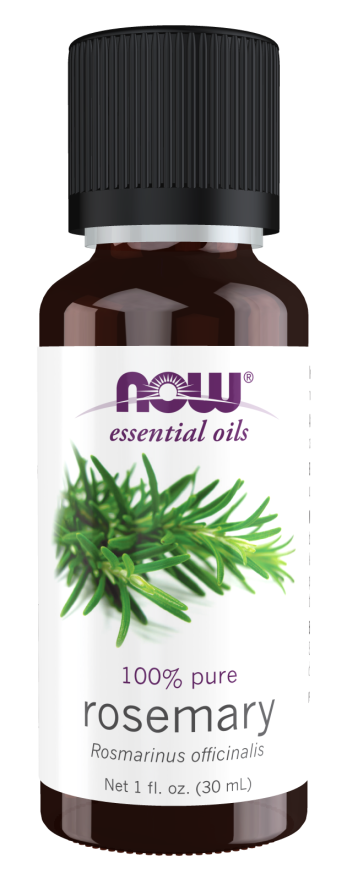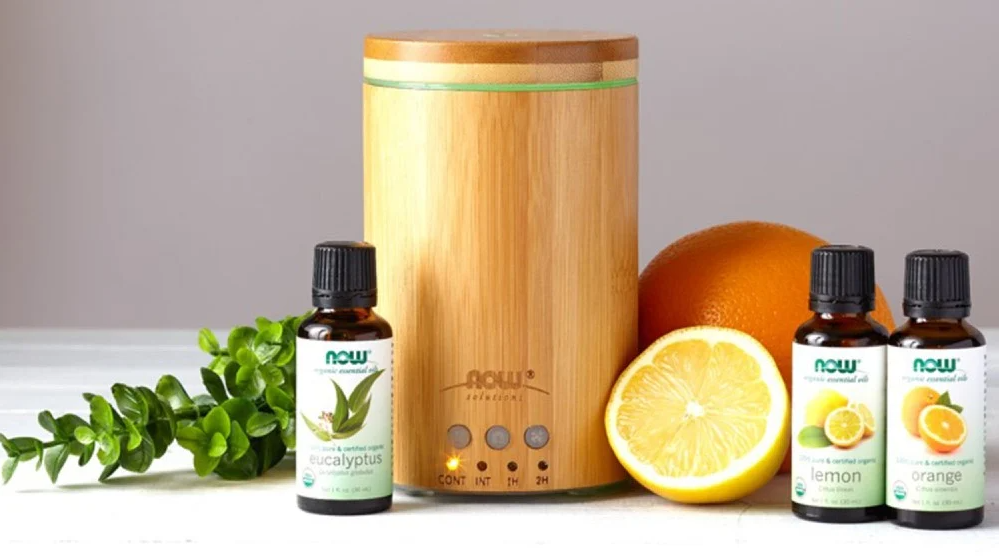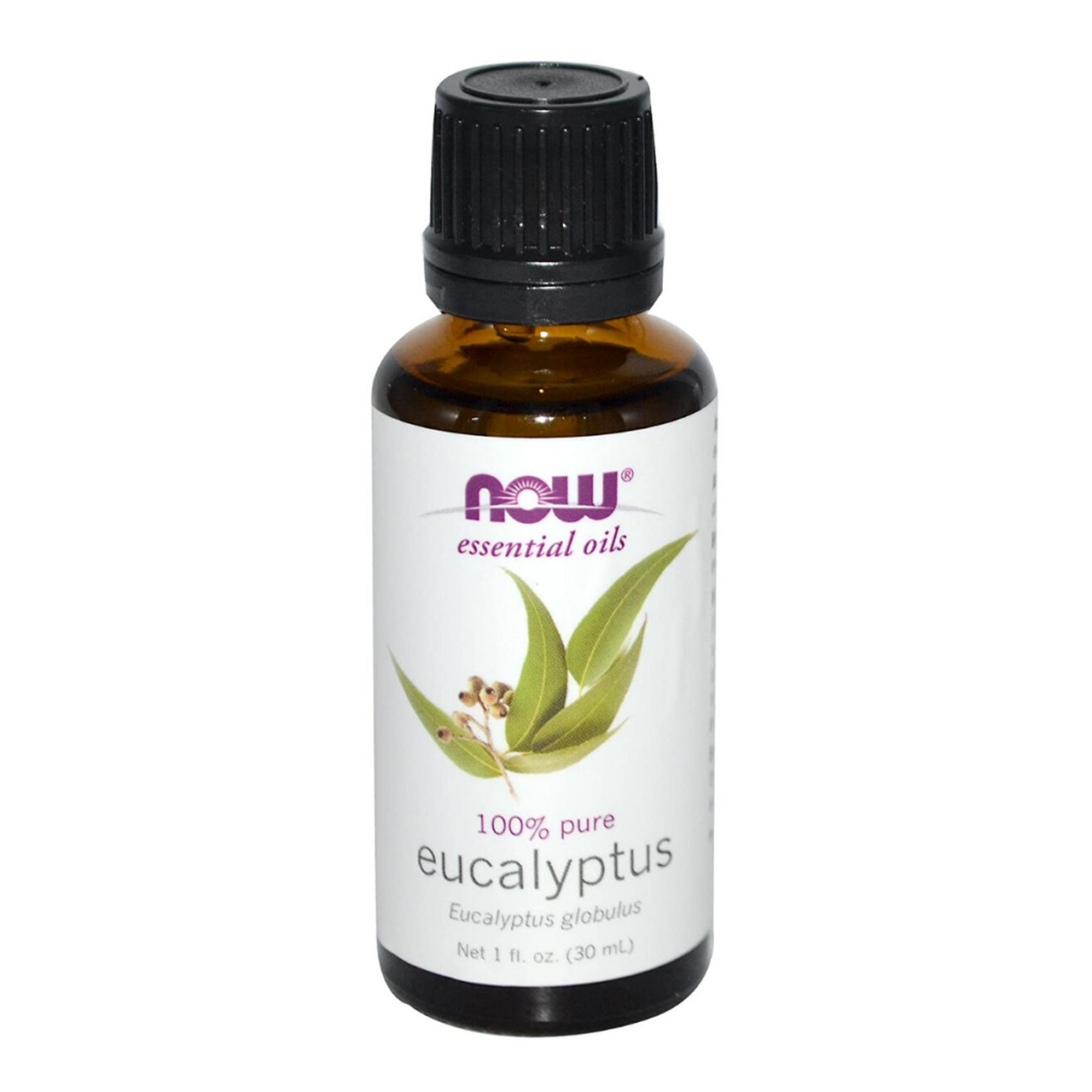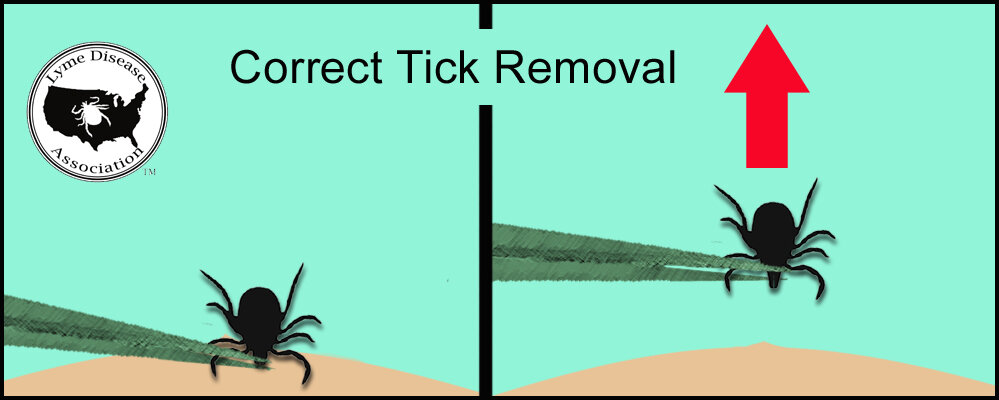Warmer weather and the sight of daffodil and tulip tips peeking out from our gardens is a great time for spring cleaning! If you haven't already, I'd urge you to switch to natural household cleansers. It really makes a difference, even just in what you're breathing in. We have some great ones at the store -Seventh Generation's glass cleaner is my absolute favorite, but it's also very easy to make your own cleaning solutions.
The easiest thing to use is Dr. Bronner's soap, all you need is a little squirt of their castille soap in a bucket along with a few drops of essential oils (lemon and tangerine are my favorites for cleaning) with a reusable rag. You don't need 100 different cleaning products, something simple like this along with natural glass cleaner is all you need to clean your whole house. It's economical too, I've had the same bottle of Dr. Bronner's soap under my kitchen sink for ages.
Vinegar mixed with a few drops in a spray bottle is also great for cleaning naturally around the house, and a baking soda and water paste works great for cleaning off hard to remove goop - adding a few drops of lemon oil to the mixture helps it to work even better.
We also have a great selection of ready-made natural household cleaners at the store of all-purpose cleansers, floor cleaners, glass cleaners, and more that are healthy for you and for the environment.




